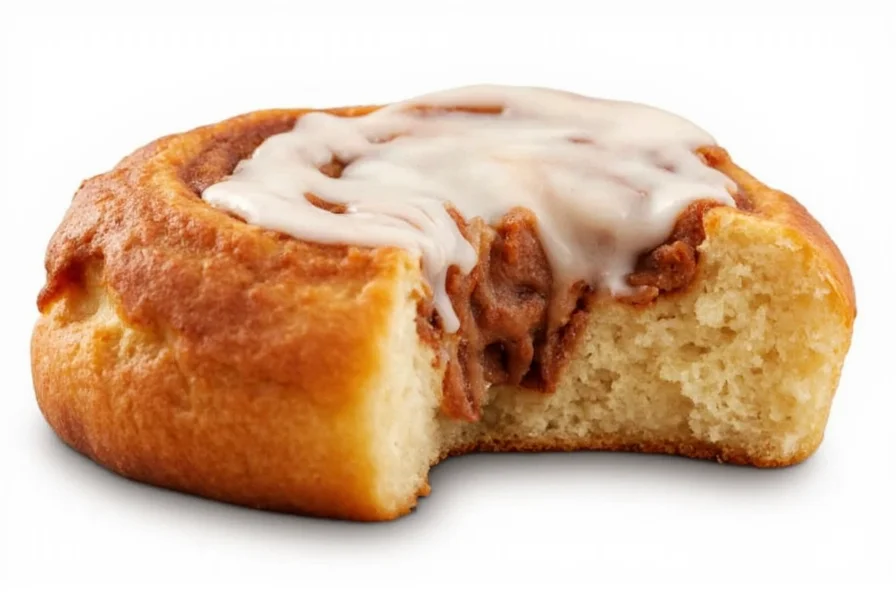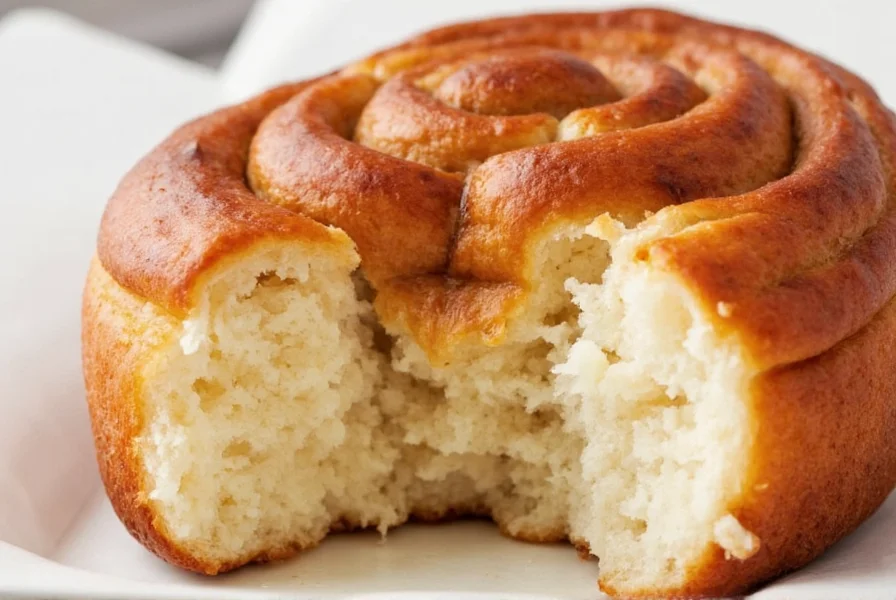Cinnamon rolls have existed for centuries, but Cinnabon transformed them into a global phenomenon. Understanding what makes these iconic pastries unique requires examining both historical context and baking science. Unlike traditional cinnamon rolls found in home kitchens, Cinnabon's version represents a carefully engineered product designed for consistent mass production while maintaining perceived artisanal quality.
The Secret Behind Cinnabon's Signature Flavor
At the heart of Cinnabon's success lies their exclusive "Cinnabon Classic" cinnamon. While most bakeries use common Cassia cinnamon, Cinnabon sources a specific variety of Ceylon cinnamon blended with proprietary ratios of other spices. Food scientists note that Ceylon cinnamon contains significantly less coumarin (a naturally occurring compound with potential health concerns in large quantities) while delivering more complex flavor notes. This choice wasn't accidental—it addressed both taste preferences and emerging food safety considerations.
Engineering the Perfect Dough
Cinnabon's dough formulation represents a careful balance between home-style appeal and commercial viability. Key differentiators include:
| Characteristic | Cinnabon Standard | Traditional Homemade |
|---|---|---|
| Hydration Level | 62-64% | 55-60% |
| Rising Time | 90 minutes | 2-3 hours |
| Fat Content | 8-10% | 5-7% |
| Sugar Content | 18-20% | 12-15% |
This precise formulation creates the distinctive texture that's simultaneously chewy yet tender. The higher hydration level contributes to better oven spring and a more open crumb structure, while the increased fat content enhances mouthfeel and extends freshness—critical factors for a product often sold in mall food courts far from central bakeries.
The Spiral Technique That Changed Everything
Cinnabon's signature spiral isn't just aesthetic—it's a functional innovation. Traditional cinnamon rolls typically feature 5-7 swirls, but Cinnabon perfected a 28-layer spiral through precise dough rolling techniques. This creates:
- Maximum cinnamon-sugar interface with dough
- Even heat distribution during baking
- Consistent portion sizing across production batches
- Optimal ratio of filling to dough in every bite
Professional bakers attempting to replicate this at home often struggle with maintaining the delicate balance between sufficient layers and structural integrity. Cinnabon's commercial equipment applies exact pressure during rolling that's difficult to achieve with standard rolling pins.
Frosting Formulation Science
While many copycat recipes use standard cream cheese frosting, Cinnabon's version contains specific modifications:
- Proprietary ratio of cream cheese to butter (approximately 3:1)
- Specific confectioners' sugar particle size
- Controlled moisture content preventing sogginess
- Temperature-stable formulation for mall environment conditions
Food laboratory analysis suggests their frosting contains emulsifiers that maintain texture across varying temperatures—a necessity for products often transported between central kitchens and retail locations. This engineering prevents the common problem of frosting melting into the roll or becoming grainy.
Quality Control Across Thousands of Locations
Maintaining consistency across Cinnabon's global footprint requires rigorous protocols:
- Centralized ingredient sourcing with strict specifications
- Dough prepared at regional commissaries, never on-site
- Temperature-controlled transportation
- Standardized baking equipment with precise calibration
- Continuous staff training with certification requirements
This system ensures that a Cinnabon purchased in Tokyo delivers nearly identical sensory experience to one bought in Toronto—a remarkable achievement in food manufacturing that explains why casual attempts to recreate the experience at home often fall short.
Realistic Home Recreation Approaches
While the exact Cinnabon experience remains proprietary, home bakers can incorporate key principles:
- Use high-quality Ceylon cinnamon for authentic flavor profile
- Increase dough hydration slightly for better texture
- Roll dough to consistent 1/4-inch thickness before filling
- Create tighter spirals (aim for 20+ layers)
- Use higher-fat dairy products in both dough and frosting

Understanding these elements provides valuable insight into professional baking techniques that elevate simple cinnamon rolls into the distinctive product millions have come to recognize. The true magic of Cinnabon lies not in any single ingredient, but in the precise orchestration of multiple factors working in harmony.











 浙公网安备
33010002000092号
浙公网安备
33010002000092号 浙B2-20120091-4
浙B2-20120091-4